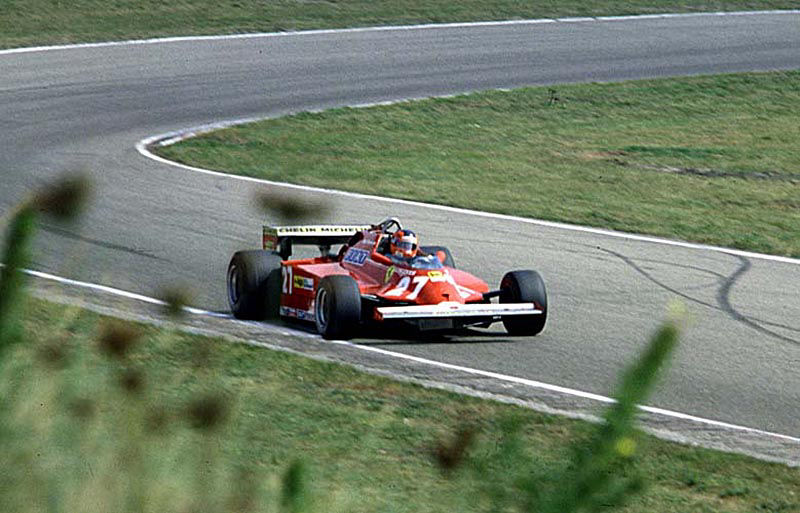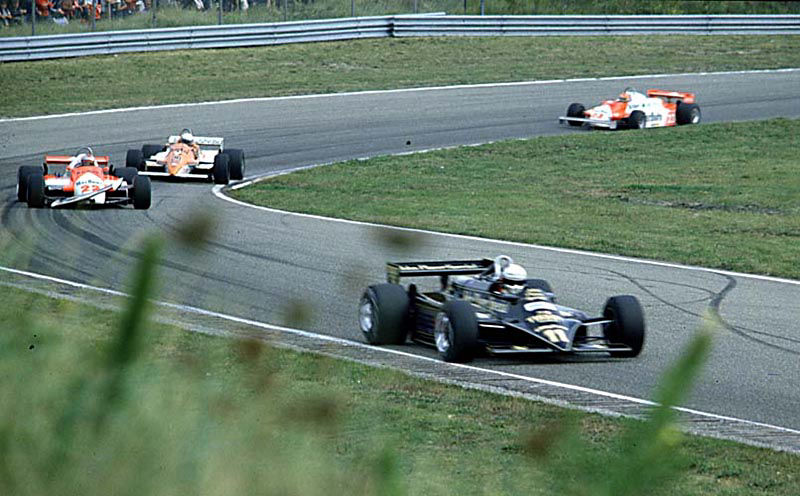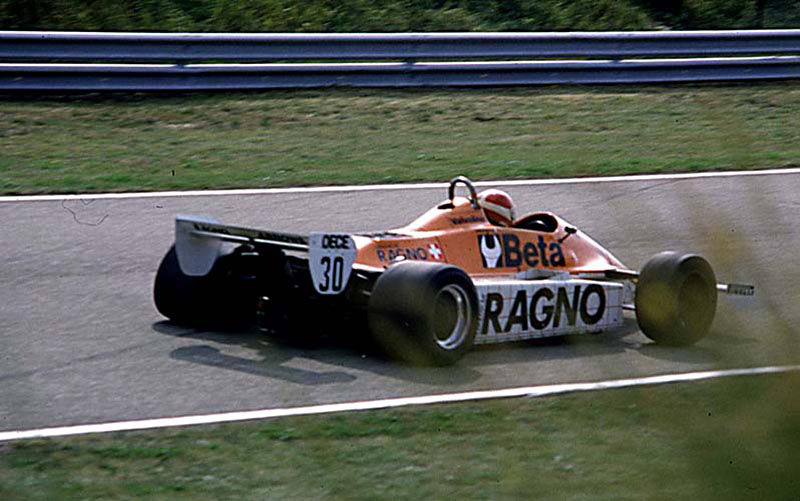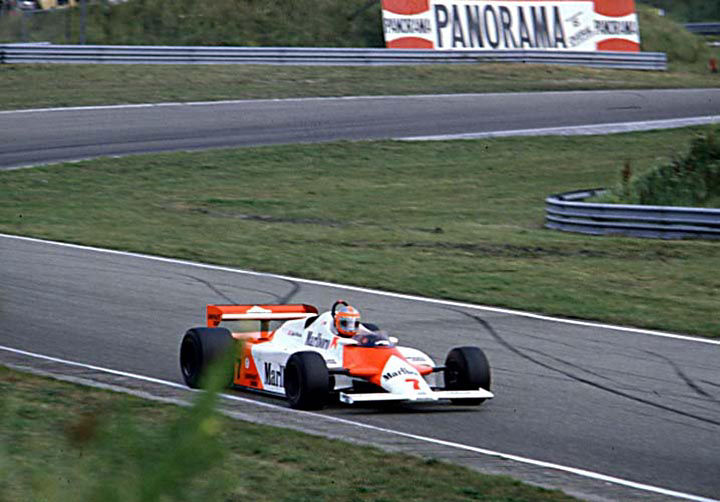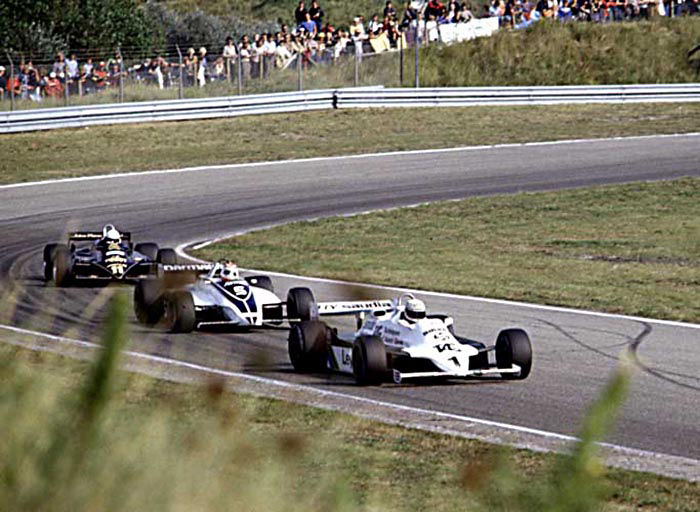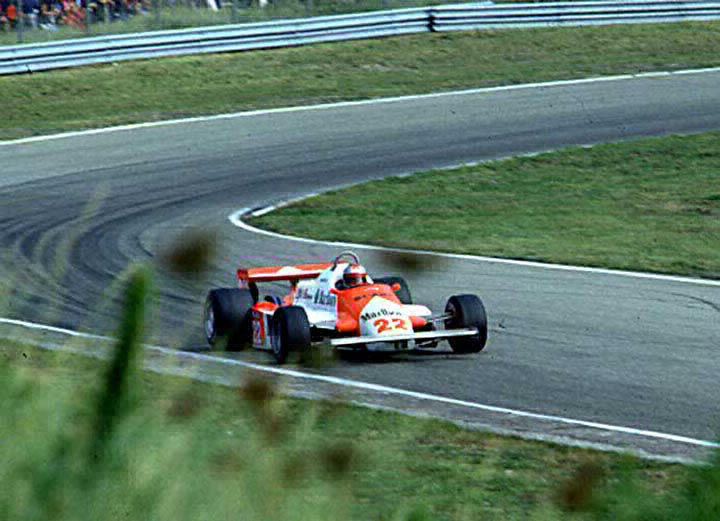La storia della F1 inizia nelle corse automobilistiche di fine Ottocento ed assumono lo status di Gran Premi dal 1906. Negli anni 1920, ci fu la prima regolamentazione delle gare, denominata "Formula Grand Prix", e fu adottata principalmente in Europa. Questo regolamento fu la base di tre edizioni di un Campionato Mondiale per Costruttori (vinto dall'Alfa Romeo nel 1925, dalla Bugatti nel 1926 e dalla Delage nel 1927), di due edizioni di un "Campionato Internazionale" (nel 1931 vittoria di Minoia su Alfa, e nel 1932 vittoria di Tazio Nuvolari su Alfa Romeo) e cinque edizioni di un "Campionato Europeo Grand Prix" (dal 1935 al 1939) dominato da piloti e vetture tedesche.
La Formula 1 o Formula Uno in sigla F1, è la massima categoria (in termini prestazionali) di vetture monoposto a ruote scoperte da corsa su circuito definita dalla Federazione Internazionale dell'Automobile. La F 1 è nata nel 1948 (in sostituzione della Formula A, sorta solo qualche anno prima, nel 1946), diventando una cmpetizione mondiale nella stagione 1950. Inizialmente definita dalla Commissione Sportiva Internazionale (CSI) dell'Associazione Internazionale degli Automobil Club Riconosciuti (AIACR), associazione precedente alla Federazione Internazionale dell'Automobile, oggi la Formula Uno è regolata dal Consiglio Mondiale degli Sport Motoristici (in inglese: World Motor Sport Council, WMSC) della Federazione Internazionale dell'Automobile. Il termine "formula", presente nel nome, si riferisce a un insieme di regole alle quali tutti i partecipanti, le macchine e i piloti, devono adeguarsi; esse introducono un numero di restrizioni e specifiche nelle auto, al fine di evitare le eccessive disparità tecniche tra le auto, di porre dei limiti al loro sviluppo e di ridurre i rischi di incidenti. La formula ha avuto molti cambiamenti durante la sua storia. Ad esempio, ci sono stati tipi di motori, con schemi da quattro fino a sedici cilindri e con cilindrate da 1,5 a 4,5 l.
The history of F1 begins in motor racing in the late nineteenth century and assumed the status of Grand Prix from 1906. In the 1920s, there was the first regulation of racing, called "Formula Grand Prix", and it was adopted mainly in Europe. These regulations were the basis of three editions of a World Constructors' Championship (won by Alfa Romeo in 1925, by Bugatti in 1926 and by Delage in 1927), of two editions of an "International Championship" (in 1931 Minoia won over Alfa, and in 1932 victory of Tazio Nuvolari over Alfa Romeo) and five editions of a "European Grand Prix Championship" (from 1935 to 1939) dominated by German drivers and cars.
Formula One (also Formula 1 or F1) is the highest class of single-seater auto racing sanctioned by the Fédération Internationale de l'Automobile (FIA) and owned by the Formula One Group. The F 1 was born in 1948 (replacing the Formula A, only a few years earlier, in 1946), becoming a world premiere in the 1950s. Initially defined by the International Sports Commission (CSI) of the International Association of Recognized Automobil Clubs ( AIACR), a former association to the International Automobile Federation, today Formula One is regulated by the World Motor Sports Council (in English: World Motor Sport Council, WMSC) of the International Automobile Federation. The term "formula", present in the name, refers to a set of rules to which all participants, machines and drivers must adapt; they introduce a number of restrictions and specifications in cars, in order to avoid excessive technical disparities between cars, to place limits on their development and to reduce the risk of accidents. The formula has had many changes throughout its history. For example, there were types of engines, with schemes from four to sixteen cylinders and with displacements from 1.5 to 4.5 l.
